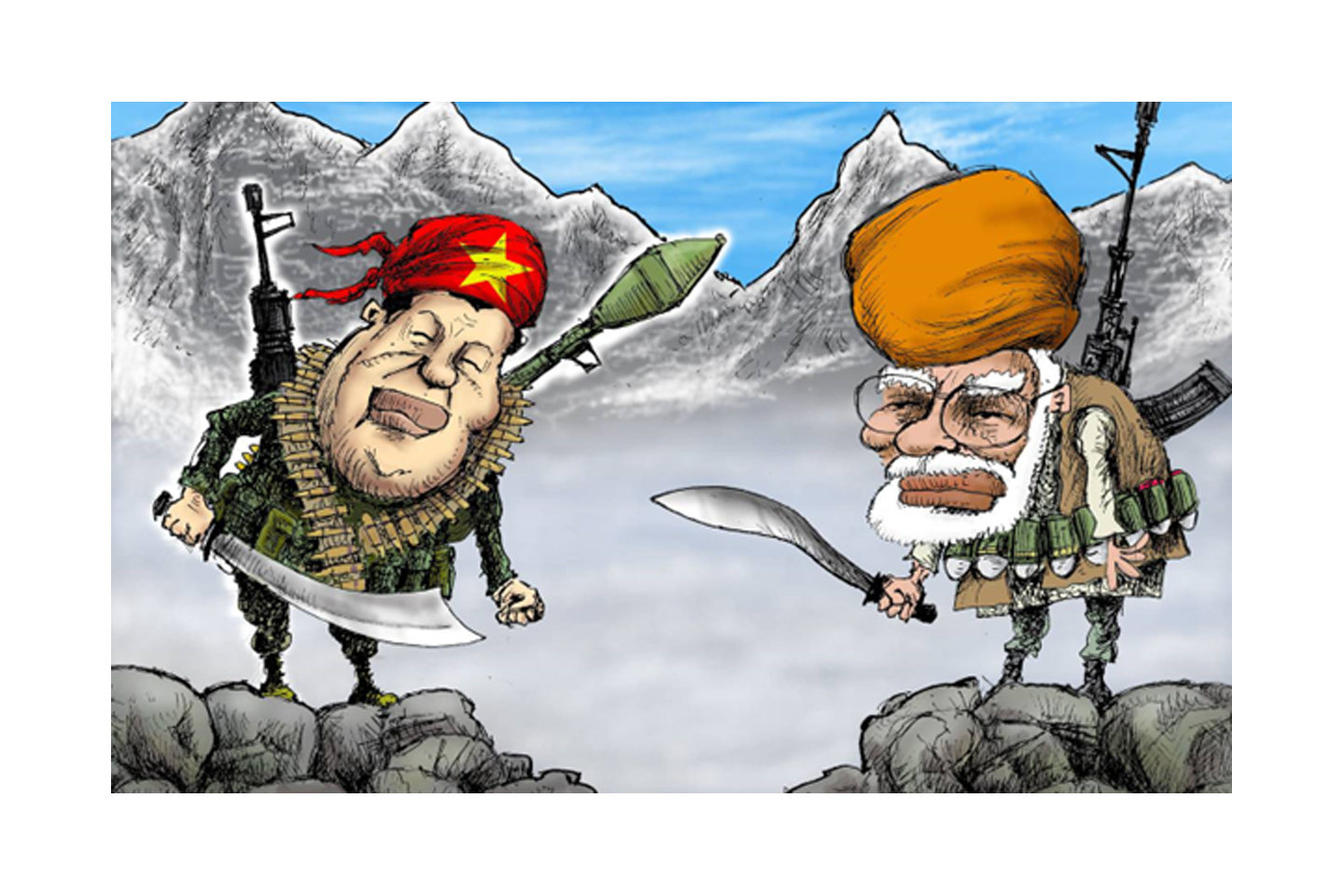China’s Take on the Galwan Valley Dispute
The Galwan valley refers to the land that sits between steep mountains that buffet the Galwan River. Galwan Valley became a flashpoint on June 15, 2020, when a violent brawl broke out between Indian and Chinese soldiers. 20 Indian soldiers were martyred in the incident, while 35 Chinese soldiers were either killed or injured.
The incident on the night of June 15, occurred when Chinese troops erected a structure in the Galwan Valley of the supposed Indian side of the Line of Actual Control. But in reality, the Galwan Valley was on the Chinese side of the LAC, within the poorly demarcated border between the two nuclear-armed powers.
On 15 June Indian troops once again crossed the LAC for deliberate rousing when the situation in the Galwan Valley was already easing from the previous situation in May.
India's front-line troops even violently attacked the Chinese officers and soldiers who went there for negotiation, thus triggering fierce physical conflicts and causing casualties. India has been building roads, bridges and other facilities at the LAC in Galwan Valley since April. So, why wouldn’t the People’s Republic of China take action?
A Chinese strategic expert cited “historical rights” going back to the Qing Dynasty to claim the entire valley. Multiple accounts from the Qing Dynasty (1644-1911) and Western literature have recorded that the Galwan Valley was China's territory. Based on the principle of 'historic rights,' China has jurisdiction over the valley area.
Chinese maps have shown almost all of the Galwan River as lying within the territory China claims in the area. A Chinese map from November 1962 also claims the entire valley.
This dispute at the Galwan valley, located between Ladakh in the west and Aksai Chin in the east was not only the fault of the Chinese, but the Indian’s too.
China wishes for friendship and peace, but it’s country’s sovereignty comes first.
*This article isn’t meant to side with China, but merely notify people about both sides of the story. Noting that this incident took place nearly a year ago – it is still an important event concerning Chinese and Indian relations.

